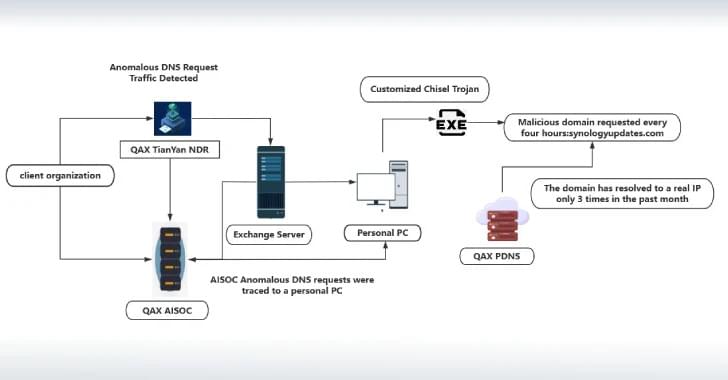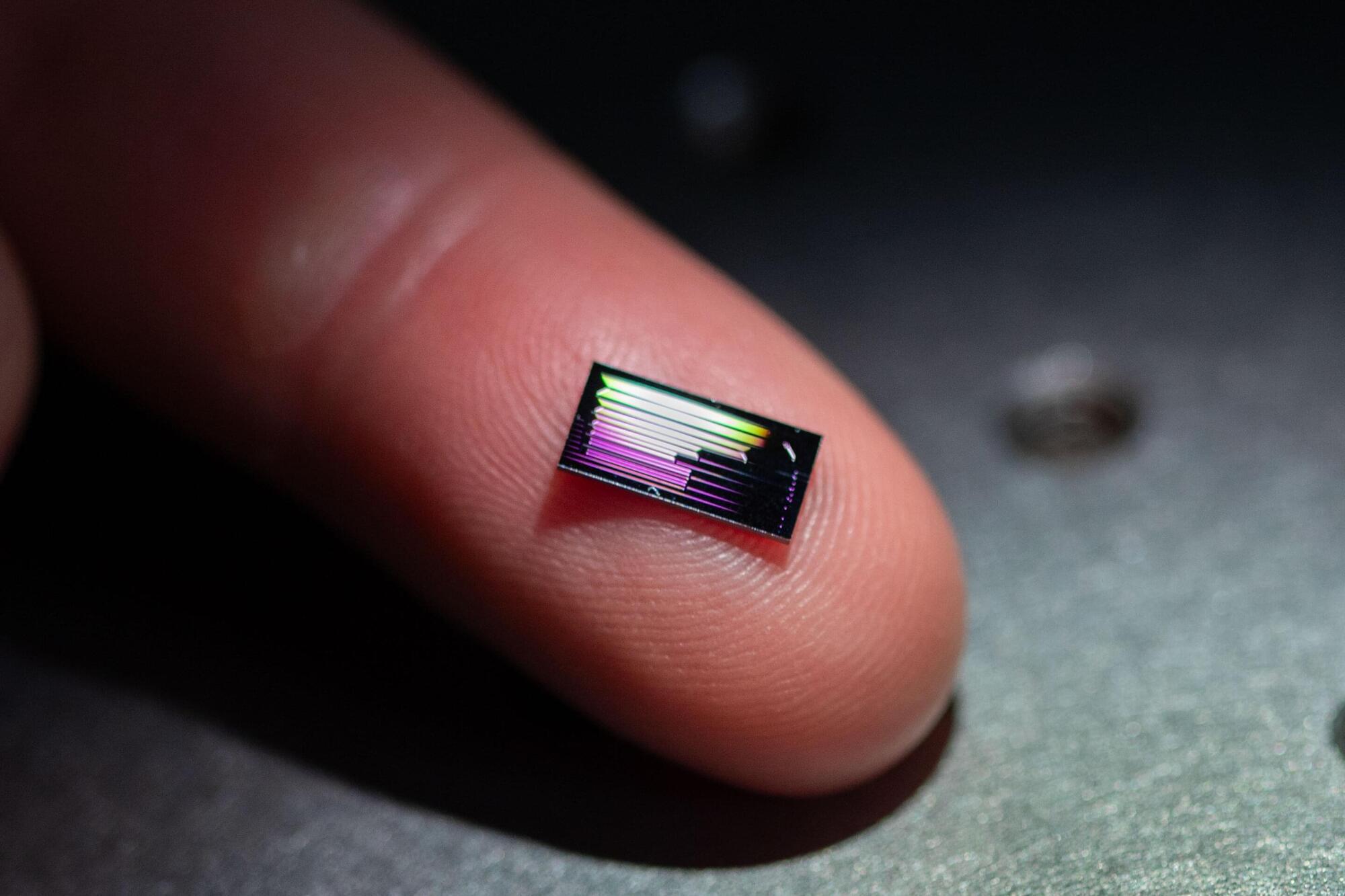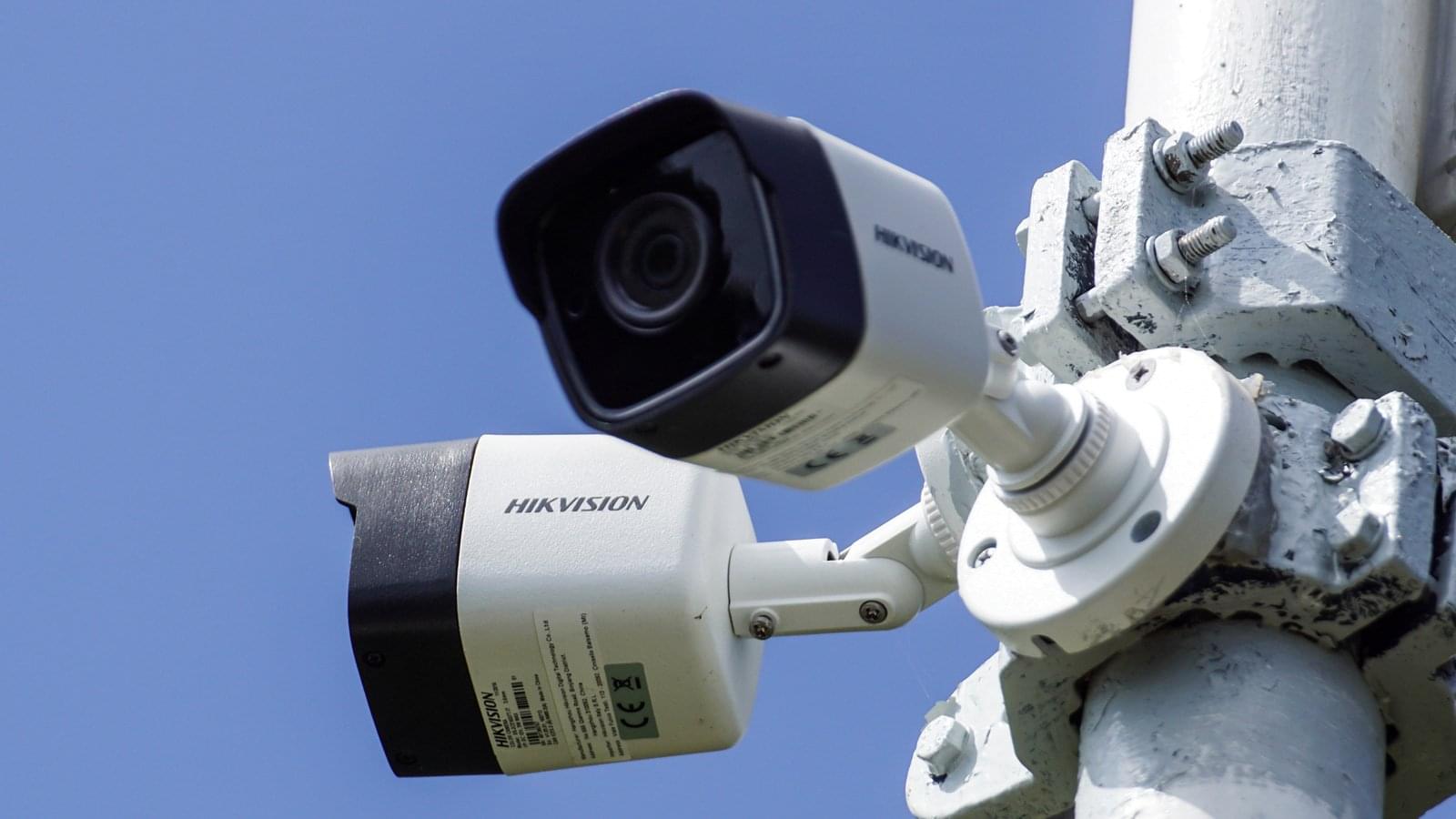TAG-140 targets Indian government sectors with DRAT V2, evolving malware and tactics for greater persistence



Cybersecurity researchers have shed light on a previously undocumented threat actor called NightEagle (aka APT-Q-95) that has been observed targeting Microsoft Exchange servers as a part of a zero-day exploit chain designed to target government, defense, and technology sectors in China.
According to QiAnXin’s RedDrip Team, the threat actor has been active since 2023 and has switched network infrastructure at an extremely fast rate. The findings were presented at CYDES 2025, the third edition of Malaysia’s National Cyber Defence & Security Exhibition and Conference held between July 1 and 3, 2025.

A common diabetes drug may be the next big thing for migraine relief. In a clinical study, obese patients with chronic migraines who took liraglutide, a GLP-1 receptor agonist, experienced over 50% fewer headache days and significantly improved daily functioning without meaningful weight loss. Researchers believe the drugs ability to lower brain fluid pressure is the key, potentially opening a completely new way to treat migraines. The effects were fast, sustained, and came with only mild side effects.
A diabetes medication that lowers brain fluid pressure has cut monthly migraine days by more than half, according to a new study presented today at the European Academy of Neurology (EAN) Congress 2025.
Researchers at the Headache Center of the University of Naples “Federico II” gave the glucagon-like peptide-1 (GLP-1) receptor agonist liraglutide to 26 adults with obesity and chronic migraine (defined as ≥15 headache days per month). Patients reported an average of 11 fewer headache days per month, while disability scores on the Migraine Disability Assessment Test dropped by 35 points, indicating a clinically meaningful improvement in work, study, and social functioning.
Join Dame Angela McLean, the Government’s Chief Scientific Adviser, as she discusses the transformative potential of the field of engineering biology.
This Discourse was recorded at the Ri on 25 April 2025. Find out more about Discourses here: https://www.rigb.org/explore-science/explore/blog/history-fr…-discourse.
Watch the Q&A here (exclusively for subscribers): https://youtu.be/GKRTtoEpFeI
Join this channel to get access to perks:
https://www.youtube.com/channel/UCYeF244yNGuFefuFKqxIAXw/join.
The field of engineering biology uses the whole span of biological sciences in conjunction with technology and engineering to benefit multiple sectors and our society more broadly.
But as a relatively new field, scientists still have many unanswered questions. What are the key opportunities and risks it presents? What barriers stand in the way of engineering biology revolutionising society?
Dame Angela McLean, the Government Chief Scientific Adviser, has been considering the scientific evidence behind the many claims – both utopian and dystopian – associated with research and innovation in engineering biology. In this Discourse, Dame Angela shares what she has learned from her “Year of Engineering Biology”, describing her vision for this suite of technologies and the applications she expects to emerge over the next decade and beyond.
The Spanish police have arrested two individuals in the province of Las Palmas for their alleged involvement in cybercriminal activity, including data theft from the country’s government.
The duo has been described as a “serious threat to national security” and focused their attacks on high-ranking state officials as well as journalists. They leaked samples of the stolen data online to build notoriety and inflate the selling price.
“The investigation began when agents detected the leakage of personal data affecting high-level institutions of the State across various mass communication channels and social networks,” reads the police announcement.

Operators have pumped water to cool the nuclear reactors at the Fukushima Daiichi Nuclear Power Plant (FDNPP) since the accident in 2011 and treated this cooling water with the Advanced Liquid Processing System (ALPS), which is a state-of-the-art purification system that removes radioactive materials, except tritium.
As part of the water molecule, tritium radionuclide, with a half-life of 12.32 years, is very costly and difficult to remove. The ALPS-treated water was accumulating and stored at the FDNPP site and there is limited space to store this water. Therefore, in 2021, the Government of Japan announced a policy that included discharging the ALPS-treated water via an approximately one-kilometer-long tunnel into the ocean. Planned releases of the ALPS-treated water diluted with ocean water began in August 2023 and will be completed by 2050.
In a new numerical modeling study, researchers have revealed that the simulated increase in tritium concentration in the Pacific Ocean due to the tritium originating from the ALPS-treated water is about 0.1% or less than the tritium background concentration of 0.03−0.2 Bq/L in the vicinity of the discharge site (within 25 km) and beyond.

Researchers at the Leibniz Institute of Photonic Technology (Leibniz IPHT) in Jena, Germany, together with international collaborators, have developed two complementary methods that could make quantum communication via fiber optics practical outside the lab.
One approach significantly increases the amount of information that can be encoded in a single photon; the other improves the stability of the quantum signal over long distances. Both methods rely on standard telecom components—offering a realistic path to secure data transmission through existing fiber networks.
From hospitals to government agencies and industrial facilities—anywhere sensitive data must be kept secure—quantum communication could one day play a key role. Instead of transmitting electrical signals, this technology uses individual particles of light—photons—encoded in delicate quantum states. One of its key advantages: any attempt to intercept or tamper with the signal disturbs the quantum state, making eavesdropping not only detectable but inherently limited.
Satyendra Nath Bose FRS, MP [ 1 ] (/ ˈ b oʊ s / ; [ 4 ] [ a ] 1 January 1894 – 4 February 1974) was an Indian theoretical physicist and mathematician. He is best known for his work on quantum mechanics in the early 1920s, in developing the foundation for Bose–Einstein statistics, and the theory of the Bose–Einstein condensate. A Fellow of the Royal Society, he was awarded India’s second highest civilian award, the Padma Vibhushan, in 1954 by the Government of India. [ 5 ] [ 6 ] [ 7 ]
The eponymous particles class described by Bose’s statistics, bosons, were named by Paul Dirac. [ 8 ] [ 9 ]
A polymath, he had a wide range of interests in varied fields, including physics, mathematics, chemistry, biology, mineralogy, philosophy, arts, literature, and music. He served on many research and development committees in India, after independence. [ 10 ] .

The Canadian government has ordered Hikvision’s subsidiary in the country to cease all operations following a review that determined them to pose a national security risk.
The order was forwarded to Hikvision last Friday, and the matter was made public over the weekend by Mélanie Joly, Canada’s Minister of Innovation, Science and Industry.
“Following a National Security Review under the Investment Canada Act, the Government of Canada has ordered Hikvision Canada Inc. to cease all operations in Canada and close its Canadian business,” reads the announcement.

The government in Switzerland is informing that sensitive information from various federal offices has been impacted by a ransomware attack at the third-party organization Radix.
The hackers have stolen data from Radix systems and later leaked it on the dark web, the Swiss government says.
The exposed data is being analyzed with the help of the country’s National Cyber Security Centre (NCSC) to determine which government agencies are impacted and to what effect.